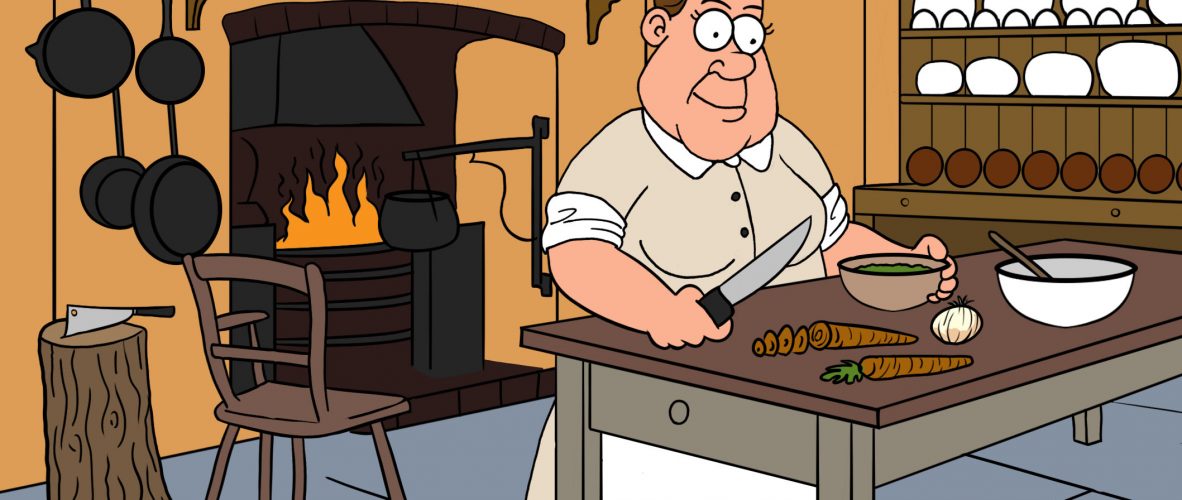after her coronation in 1837? Have a parliamentary meeting? Have tea with all the royal dignitaries? No – she gave her dog, Dash, a bath.

First, with a tin cutter, make an incision in the stalk end of a lemon or orange and then with the handle-end of a teaspoon, proceed to work out all the juice and fibres of the fruit; then soak the emptied skins in cold water for an hour and with the point of the finger you will be able to entirely free the inside from any remaining proportion of remaining fibrous parts thus leaving the interior pith perfectly clean and smooth. They must then be drained upside down. Arrange the fruits in ice and fill them with jelly; when set firm, cut them up into quarters and dish then built up with green leaves between them to form a pretty dish. Francatelli
JL Note: It is actually easier to cut the lemons in half and fill with jelly, then cut, than fill and cut whole! Orange jelly can be made by heating 1 pint of orange juice and 1/2 pint water with sugar to taste and the juice of one lemon. When boiling, add sufficient gelatine to set two pints and stir well. Simmer all together for 5 minutes, stirring and leave to go cold. If you wish to make orange cream instead, beat 1/2 pint of cream into the jelly when cold. When moulding jelly, allow to cool and then pour into a lightly greased mould. When set, stand the mould in hot water for a few seconds and turn out onto a plate.